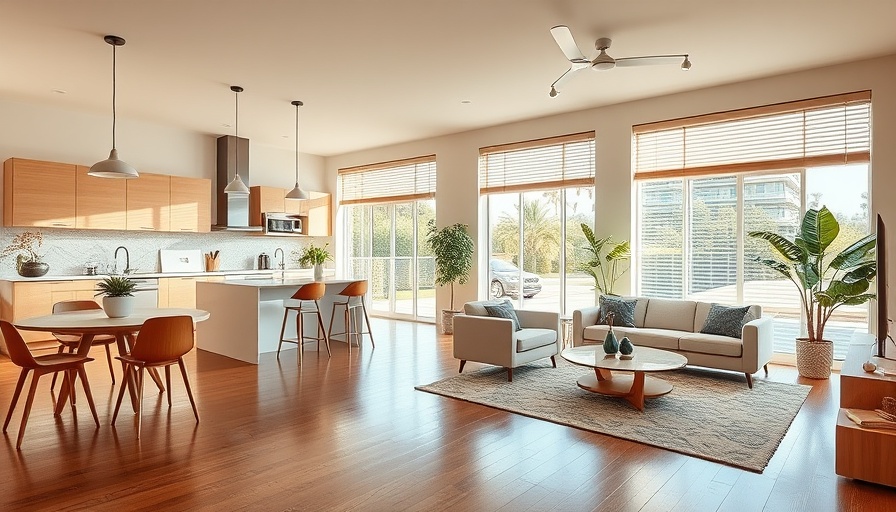
Understanding the Risks of Steam Cleaning Hardwood Floors
Steam cleaning may seem like a hassle-free method for maintaining the shine and cleanliness of your hardwood floors, but experts warn against it. Heat and moisture can penetrate imperfections in the floor’s finish, leading to warping and dulling of the wood. Most hardwood floors are not perfectly sealed, meaning that even the slightest crack allows moisture to seep in, which can be detrimental to the structural integrity of the floor. Carolyn Forté, the executive director of the Good Housekeeping Institute Home Care & Cleaning Lab, emphasizes this point, noting that unless your wood floors are entirely new, they likely have fine scratches and worn spots that render steam cleaning a risky endeavor.
Alternatives to Steam Cleaning
Given the potential for damage, you might wonder what alternatives exist for keeping your hardwood floors looking pristine. Regular maintenance is key. Homeowners should consider adopting a few simple practices to maintain their floors:
- Leave shoes at the door to minimize dirt and scratches.
- Clean up spills promptly to prevent staining.
- Trim pet nails regularly to reduce scratching.
- Vacuum using a suction-only vacuum or one with the brush roller turned off.
A Step-by-Step Guide for Cleaning Hardwood Floors
When it is indeed time for a deeper clean, the emphasis should be on using products designed specifically for hardwood floors. Begin with a light application of hardwood floor cleaner, working in small sections (around 3 feet square) to avoid the risk of over-wetting.
The correct technique is crucial: always wipe in the direction of the wood planks for quick touch-ups and go against the grain for deeper cleans that lift more dirt from crevices. Remember, damp-clean nonetheless should only be performed when absolutely necessary as too much moisture can have adverse effects.
Myths and Misconceptions About Cleaning Hardwood Floors
Several common myths about cleaning hardwood floors abound, and it's essential to set the record straight:
- Using Vinegar is Safe: Many consider vinegar a natural cleaning agent; however, its acidic nature can dull your floor’s finish over time.
- Abrasive Cleaners Are Harmless: These can scratch and considerably damage the finish.
- Waxing is Beneficial: In reality, waxing can create build-up that eventually requires professional removal.
Expert Tips for Maintaining Your Hardwood Floors
Aside from avoiding steam cleaning, there are additional tips homeowners should keep in mind:
- Incorporate area rugs in high-traffic areas to reduce wear and tear.
- Invest in furniture pads to prevent scratches when moving furniture.
- Maintain the internal humidity of your home; extremely low or high humidity can lead to floor expansion or contraction.
- Consult with a professional for advice tailored to the specific type of wood and finish.
Conclusion: Protecting Your Investment
Hardwood floors represent both a financial investment and a significant visual element of your home. By understanding the risks associated with steam cleaning and adopting safe cleaning practices instead, you can preserve the beauty and durability of your hardwood floors. Remember to prioritize regular maintenance over drastic cleaning methods. Keeping your floors beautiful is possible with just a little effort and consistent attention.
 Add Row
Add Row  Add
Add 




Write A Comment